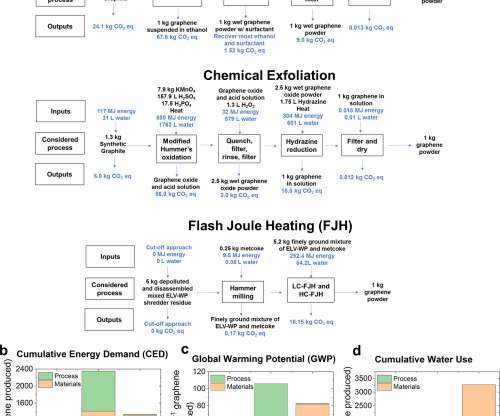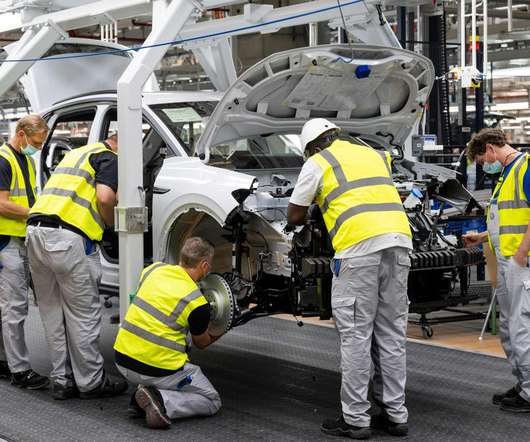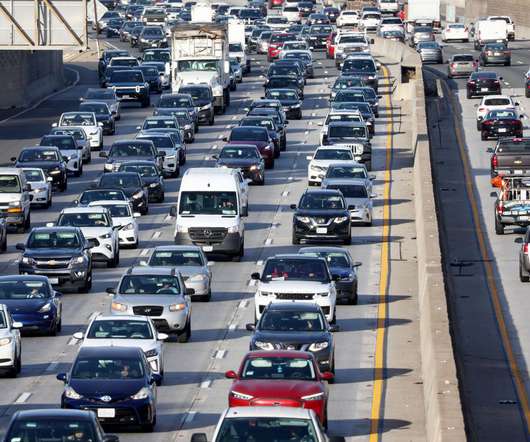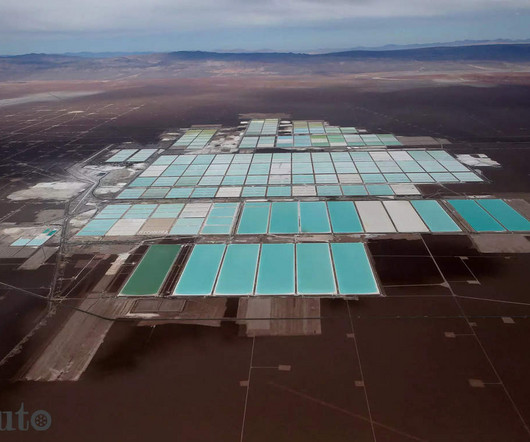Rice flash Joule heating process recycles plastic from end-of-life F-150 trucks into high-value graphene for new vehicles
Green Car Congress
MAY 27, 2022
The Rice lab of chemist James Tour introduced flash Joule heating in 2020 to convert coal, petroleum coke and trash into graphene. Rice University chemists working with researchers at the Ford Motor Company are turning plastic parts from end-of-life vehicles into graphene via the university’s flash Joule heating process ( earlier post ).





















Let's personalize your content